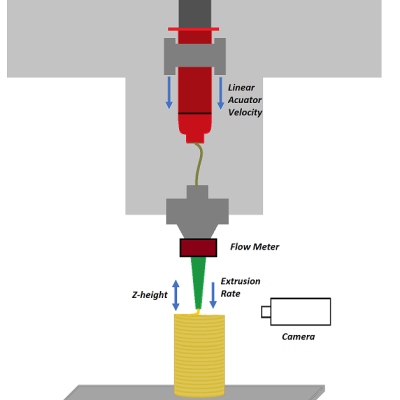Many of the disadvantages of current interface devices can be overcome with LLNL’s novel interface design, which relies on area array distribution where independent interface connector subassemblies are positioned in a planar grid. Not only is the interface device expandable area-wise (without increasing contact force), but it could also be expanded height-wise, with multiple layers of these…
Keywords
- Show all (141)
- Instrumentation (38)
- Additive Manufacturing (37)
- Diagnostics (13)
- 3D Printing (7)
- Compact Space Telescopes (5)
- Laser Materials Processing (5)
- Therapeutics (5)
- Diode Lasers (4)
- Manufacturing Improvements (3)
- Optical Damage Mitigation (3)
- Precision Optical Finishing (3)
- RF Photonics (3)
- Sensors (2)
- Synthesis and Processing (2)
- Ultrashort Pulse Lasers (2)
- Vaccines (2)
- Manufacturing Simulation (1)
- Precision Engineering (1)
- (-) Brain Computer Interface (BCI) (3)
- (-) Manufacturing Automation (2)
Technology Portfolios

Commercial fiber optic cables are the current standard for carrying optical signals in industries like communications or medical devices. However, the fibers are made of glass, which do not have favorable characteristics for applications that require flexibility and re-routing, e.g. typically brittle, limited selection of materials, dimension constraints.



LLNL has developed a brain-on-a-chip system with a removable cell-seeding funnel to simultaneously localize neurons from various brain regions in an anatomically relevant manner and over specific electrode regions of a MEA. LLNL’s novel, removable cell seeding funnel uses a combination of 3D printing and microfabrication that allows neurons from select brain regions to easily be seeded into…

